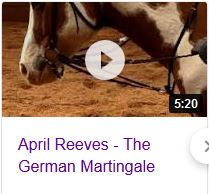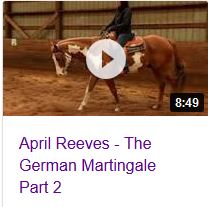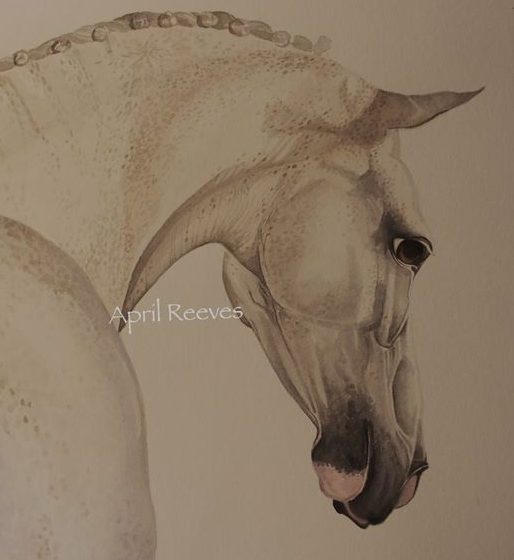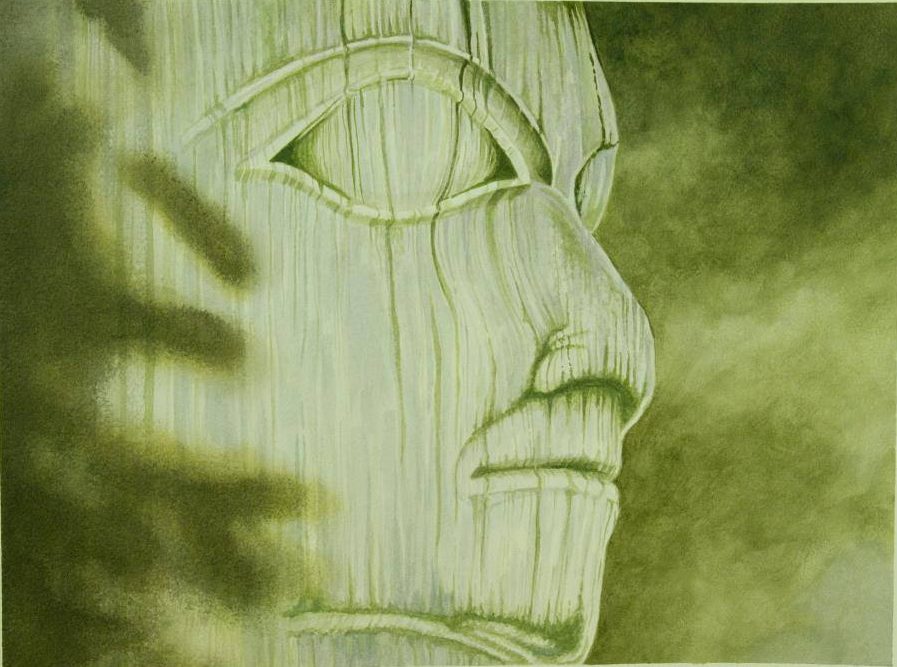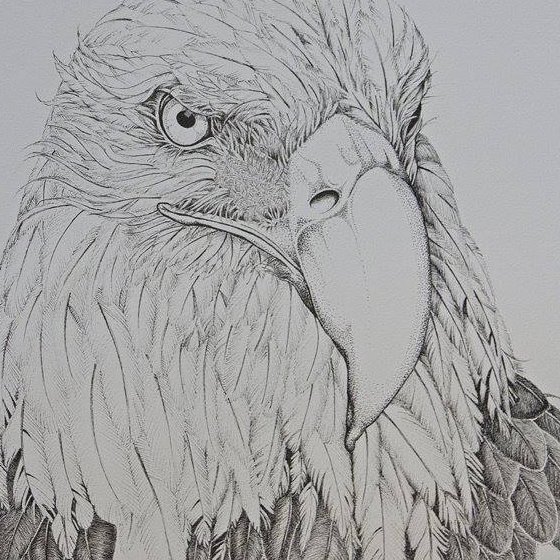Question: I am a 53-year-old woman. I’ve had a love of horses all my life. I had a horse for 5 months when I was 15 but that doesn’t mean I know what I’m doing, in fact just the opposite – I don’t. I recently found an abandoned year-old colt. Every day, twice a day, I go out to his very large pasture and call him by the name he’s used to. He usually always comes running to see me. I’ve only been doing this for 6 days now and I have to admit I’m nervous because he’s never been handled by anyone before and I’m new at all this and he’s new at all this too. I take out apples, carrots, bread and sugar cubes. He wants to eat and eat and I’m not sure but I think he just looks at me like the one that brings him good food but it’s working, I think. If I run along the fence he runs next to me, if I stop he stops, if I turn back he turns back with me. Once he ran ahead and couldn’t see me and came to find me. I’ve been getting into the pasture with him but again I’m really nervous but determined to make friends. He’s nervous too because he throws his head up a lot and makes this sound with his mouth like he’s tired. Today he paws the ground once and I got back in the pasture with him. He puts his ears back some times but then brings them forward too. Yesterday I was able to get a halter on him and I was so excited. It took three tries but I stood to his one side and I got it on. I went out and it’s still on. I don’t know what I’m doing to be honest but I’m hoping what I’m doing is the right things. I can’t walk through the pasture because I live in South Florida and we have a LOT of poisonous snakes and his pasture is really over grown with high grass and shrubs and it’s not safe for me to walk through that. I stand inside the gate how ever and in that very small space is where we have bonded or I hope we’ve bonded somewhat. I spend 2 hours talking to him and getting in and out of the pasture by climbing over the gate. It used to spook him but because I’m doing it so much he’s getting used to it. He’s trying to bully me for food though and maybe this is why I feel uneasy. He knows when I come I have food and he likes that. What can I do that can stop him from raising his head way over mine when I don’t give him the food and what does this mean when he’s doing this? He backs away from me too and I walk after him facing his face. If I turn around and walk away he’ll follow me though. I have gotten to pet him a lot and he almost fell asleep on me today scratching his ears. I don’t want to make mistakes that will get me kicked, or him not trusting me any more. Any suggestions would be appreciated. It has to be me doing some thing to make him raise his head way over mine and I’m short. If I bend down to pull grass, he’ll lower his head like he’s helping me. I don’t know if I’m reading this right either but he stretches out his neck as far as he can get it some times for food like he doesn’t want to come in close but I won’t give him a treat like that I make him come to me. He also wants to bite at my hand like he’s associating my hand for food. Am I making a mistake?
Answer from April Reeves: Rescuing a horse is never a mistake, but he is a colt, he is young and you are green. That is the only mistake. Unfortunately, it’s a big one, if you cannot find someone with really great credentials to help you. They need to be there physically to show you how to work with him. I can help from this end but this type of situation needs a hand that’s not afraid or lacking confidence.
Let’s go over some of the issues you have at the immediate moment.

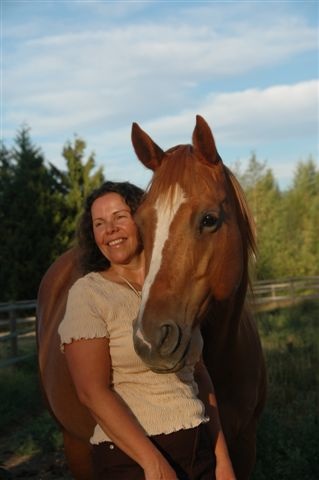
 Cribbing – Vice or Pain?
Cribbing – Vice or Pain? A SPECIAL REPORT FROM MARIJKE VAN DE WATER, B.Sc., DHMS
A SPECIAL REPORT FROM MARIJKE VAN DE WATER, B.Sc., DHMS





